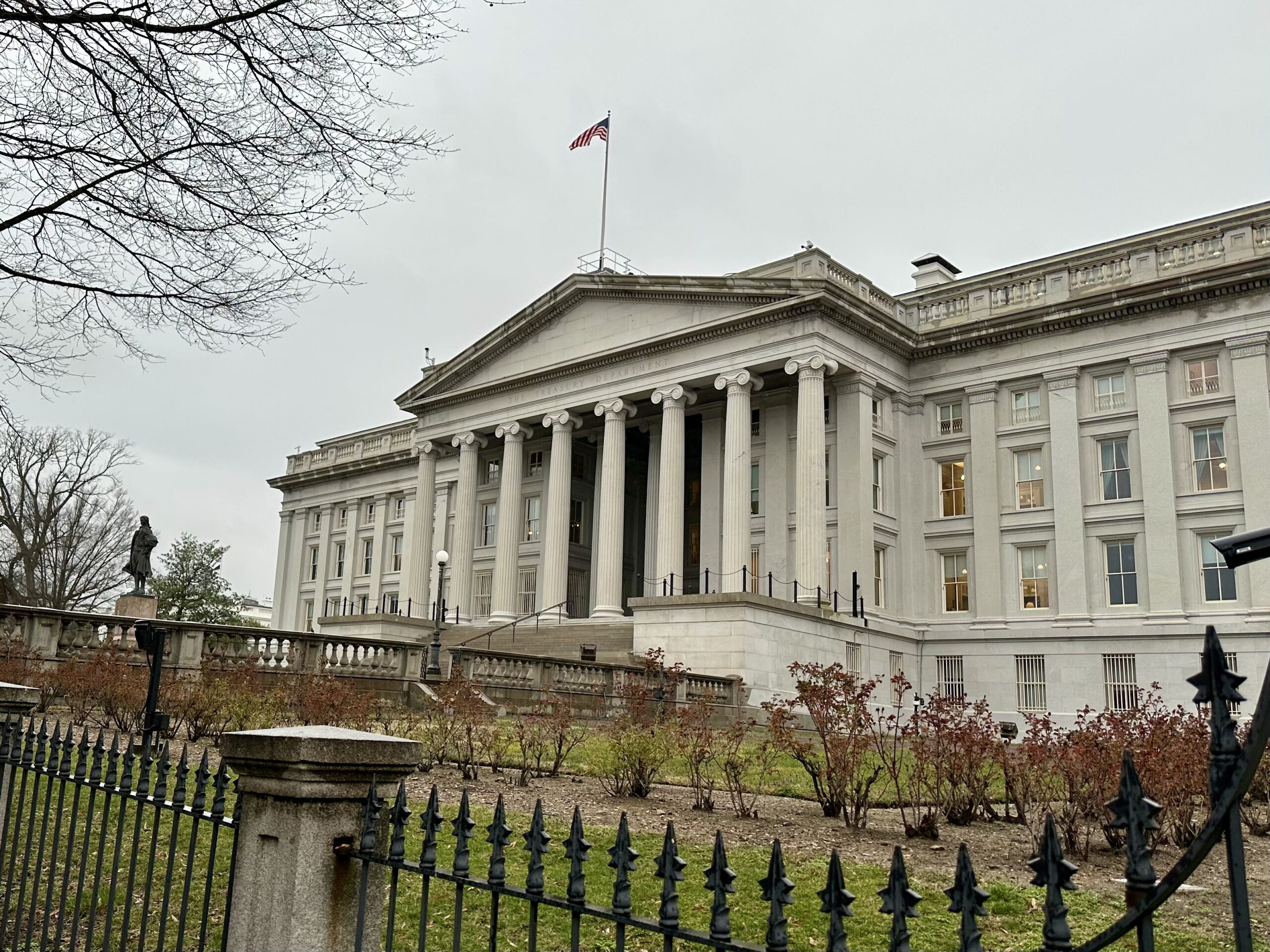
The joint Treasury and IRS Initial 2023-2024 Priority Guidance Plan was released on October 3, 2024. The Plan contains 231 guidance projects that are priorities for allocating Treasury Department and IRS resources during the 12-month period from July 1, 2024 through June 30, 2025. The following are the projects listed for exempt organizations with some additional commentary in italics (all section references are to the Internal Revenue Code):
1. Guidance revising Rev. Proc. 80-27 regarding group exemption letters. Notice 2020-36 was published on May 18, 2020. [The IRS has disclosed that it has not accepted any requests for group exemption letters since June 17, 2020, and will not until publication of the final revenue procedure or other guidance. See Group exemption resources.]
2. Guidance illustrating the application of the regulations under §501(r). [Section 501(r) requirements apply to all hospital organizations that are (or seek to be) recognized as tax-exempt under Section 501(c)(3).]
3. Regulations under §512 regarding the allocation of expenses in computing unrelated business taxable income and addressing how changes made to §172 net operating losses by section 2303(b) of the CARES Act apply for purposes of §512(a)(6).
4. Guidance addressing the SECURE 2.0 Act changes relating to §529.
5. Guidance under §4941 regarding a private foundation’s investment in a partnership in which disqualified persons are also partners. [Generally, Section 4941 imposes an excise tax on any direct or indirect act of self-dealing between a private foundation and a disqualified person. Under Section 4946(a)(1), a disqualified person includes an owner of more than 20 percent of the profits interest of a partnership, a member of the family of any such person, and a partnership in which certain disqualified persons collectively own more than 35 percent of the profits interest .]
6. Final regulations under §4966 regarding donor advised funds, including excise taxes on sponsoring organizations and fund management. Proposed regulations were published on November 14, 2023. [There is uncertainty in the field about what provisions of the proposed regulations will be promulgated as there was considerable controversy about the very broad definition of a donor advised fund and the investment advisor as donor advisor among other things. See, e.g., Proposed Donor Advised Fund Regulations: What is a Donor Advised Fund? and Fiscal Sponsorship & Proposed DAF Regs?]
7. Regulations under §4967 regarding prohibited benefits, including excise taxes on donors, donor advisors, related persons, and fund management. [It’s also uncertain whether these regulations will be proposed prior to promulgation of the regulations under Section 4966.]
8. Regulations under §4958 regarding donor advised funds and supporting organizations. [It’s also uncertain whether these regulations will be proposed prior to promulgation of the regulations under Section 4966.]
9. Guidance regarding the public-support computation with respect to distributions from donor advised funds. [Notice 2017-73 provided that the Treasury Department and the IRS are considering developing proposed regulations that would change the public support computation for organizations described in §§ 170(b)(1)(A)(vi) and 509(a)(1) and in § 509(a)(2) to prevent the use of DAFs to circumvent the excise tax rules applicable to private foundations under Chapter 42 of the Code. Generally, under the current understanding, DAF contributions from public charities are considered public support for purposes of the referenced public support tests for public charity classification.]
10. Final regulations designating an appropriate high-level Treasury official under §7611. Proposed regulations were published on August 5, 2009. [Section 7611 provides for restrictions on church tax inquiries and examinations.]
Additional Publications from TE/GE
Tax Exempt and Government Entities Fiscal Year 2025 Program Letter
Tax Exempt and Government Entities Fiscal Year 2023 Accomplishments Letter
Tax-Exempt & Government Entities: Compliance program and priorities